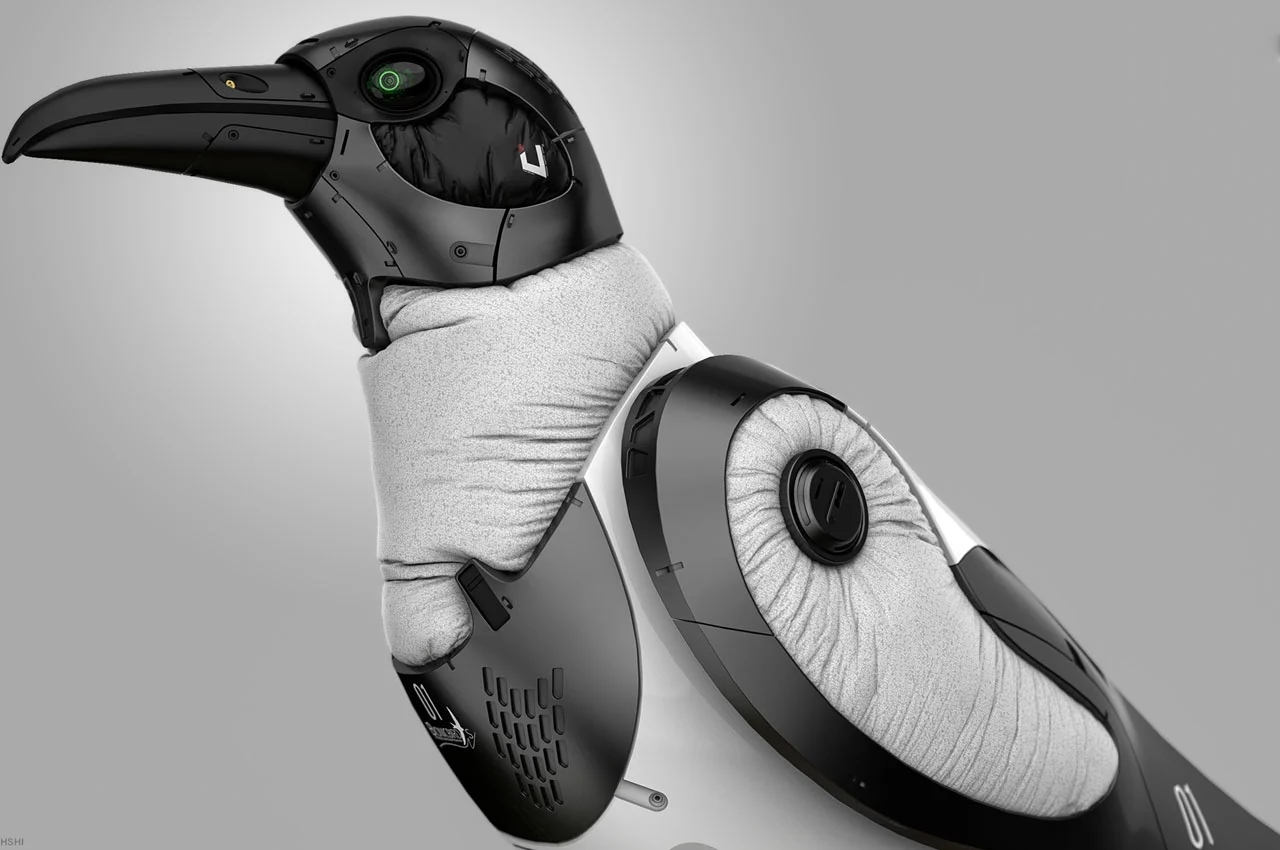Comments
- No comments found

The Stymphalian birds, terrifying creatures from Greek mythology known for their hunger for human flesh and destructive habits, are compared with contemporary military drones, highlighting shared themes of power, precision, and terror.
While the birds devoured humans and their poisonous excrement wreaked environmental havoc, drones pose a similar threat by unleashing targeted destruction and instilling fear. Both the Stymphalian birds’ metallic beaks and feathers, and drones’ weaponry demonstrate the potent combination of technology and combat. Despite the temporal and technological divide, these parallels underscore how narratives of power, destruction, and ethical use of advanced technology bridge ancient myths and modern warfare, offering valuable insights into the intricate relationship between mythology and the contemporary world.
The Stymphalian birds, with their monstrous attributes and terrifying reputation in Greek mythology, offer a captivating glimpse into the dark side of imagination. However, intriguing and perhaps even frightening parallels can be drawn between these legendary creatures and the modern military’s utilization of lethal drones. Let’s take a deeper look and discover a fascinating comparison between the Stymphalian birds and the high-tech drones of contemporary warfare, highlighting the shared themes of destruction, precision, and the shifting dynamics of power.
Devourers of Humanity: In Greek mythology, the Stymphalian birds were infamous for their appetite for human flesh, instilling fear and wreaking havoc. Similarly, modern military drones serve as powerful tools capable of unleashing destruction upon human targets. Though their methods differ, both the Stymphalian birds and drones symbolize the inherent danger of uncontrolled power, representing the potential for devastation at the hands of advanced technology.
Metallic Beaks and Lethal Precision: The Stymphalian birds’ beaks made of bronze allowed them to pierce through armor effortlessly, while modern drones possess advanced weaponry and targeting systems that ensure lethal precision. Just as the Stymphalian birds struck fear into the hearts of their prey, drones strike terror in the form of precise and devastating airstrikes, capable of neutralizing targets with minimal collateral damage.
Razor-Sharp Feathers and Technological Adaptation: The metallic feathers of the Stymphalian birds became deadly projectiles, raining down upon their victims. Likewise, modern drones can be equipped with various munitions, such as precision-guided missiles or bombs, transforming them into airborne executioners. Both the Stymphalian birds’ feathers and drones’ munitions showcase the ability of technology to adapt and enhance combat capabilities, making them formidable opponents on the battlefield.
Evoking Fear and Psychological Impact: The Stymphalian birds’ monstrous reputation and grisly feats struck terror into the hearts of ancient Greeks. Similarly, drones in modern warfare carry a psychological impact. Their ability to strike swiftly and silently, often from great distances, creates a sense of unease and vulnerability among their targets. The unseen presence of drones instills fear and forces adversaries to alter their tactics and strategies, just as the Stymphalian birds’ reputation dictated the actions of those who encountered them.
Environmental Impact and Ruin: The Stymphalian birds’ invasion of the Arcadian countryside had far-reaching consequences, extending beyond their deadly attacks. In addition to devouring humans and wielding their metallic beaks and feathers, their very presence brought about an environmental catastrophe. As they reproduced rapidly near Lake Stymphalia, their destructive habits wreaked havoc on the surrounding farmlands and countryside, leaving behind a desolate landscape of ruin. Furthermore, the birds’ dung, infused with a potent poison, added another layer of devastation to the ecosystem. The poisonous excrement tainted the land, polluting the soil and water sources, further exacerbating the environmental crisis caused by these monstrous creatures.
While separated by vast spans of time and technological advancements, the Stymphalian birds of Greek mythology and the lethal drones of modern warfare share compelling parallels. Both embody the potential for devastating power, precise strikes, psychological impact, and environmental consequences. By examining these similarities, we gain a deeper understanding of the timeless themes that link ancient myths with contemporary warfare. Ultimately, it becomes clear that the narrative of power, destruction, and the ethical use of advanced technology transcends the boundaries of time, providing us with thought-provoking insights into the fascinating relationship between mythology, technology and the modern world.
John is the #1 global influencer in digital health and generally regarded as one of the top global strategic and creative thinkers in this important and expanding area. He is also one the most popular speakers around the globe presenting his vibrant and insightful perspective on the future of health innovation. His focus is on guiding companies, NGOs, and governments through the dynamics of exponential change in the health / tech marketplaces. He is also a member of the Google Health Advisory Board, pens HEALTH CRITICAL for Forbes--a top global blog on health & technology and THE DIGITAL SELF for Psychology Today—a leading blog focused on the digital transformation of humanity. He is also on the faculty of Exponential Medicine. John has an established reputation as a vocal advocate for strategic thinking and creativity. He has built his career on the “science of advertising,” a process where strategy and creativity work together for superior marketing. He has also been recognized for his ability to translate difficult medical and scientific concepts into material that can be more easily communicated to consumers, clinicians and scientists. Additionally, John has distinguished himself as a scientific thinker. Earlier in his career, John was a research associate at Harvard Medical School and has co-authored several papers with global thought-leaders in the field of cardiovascular physiology with a focus on acute myocardial infarction, ventricular arrhythmias and sudden cardiac death.
Leave your comments
Post comment as a guest